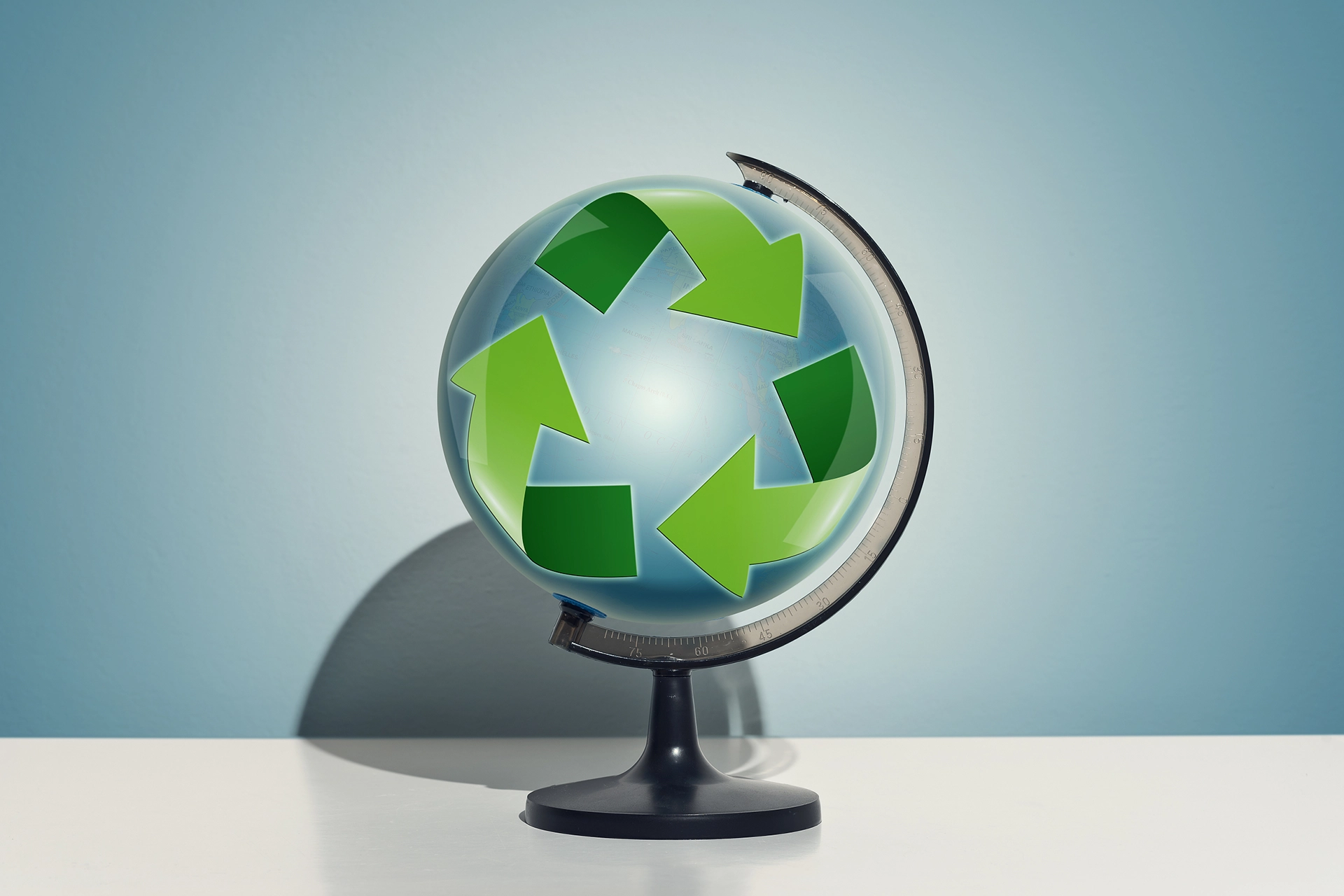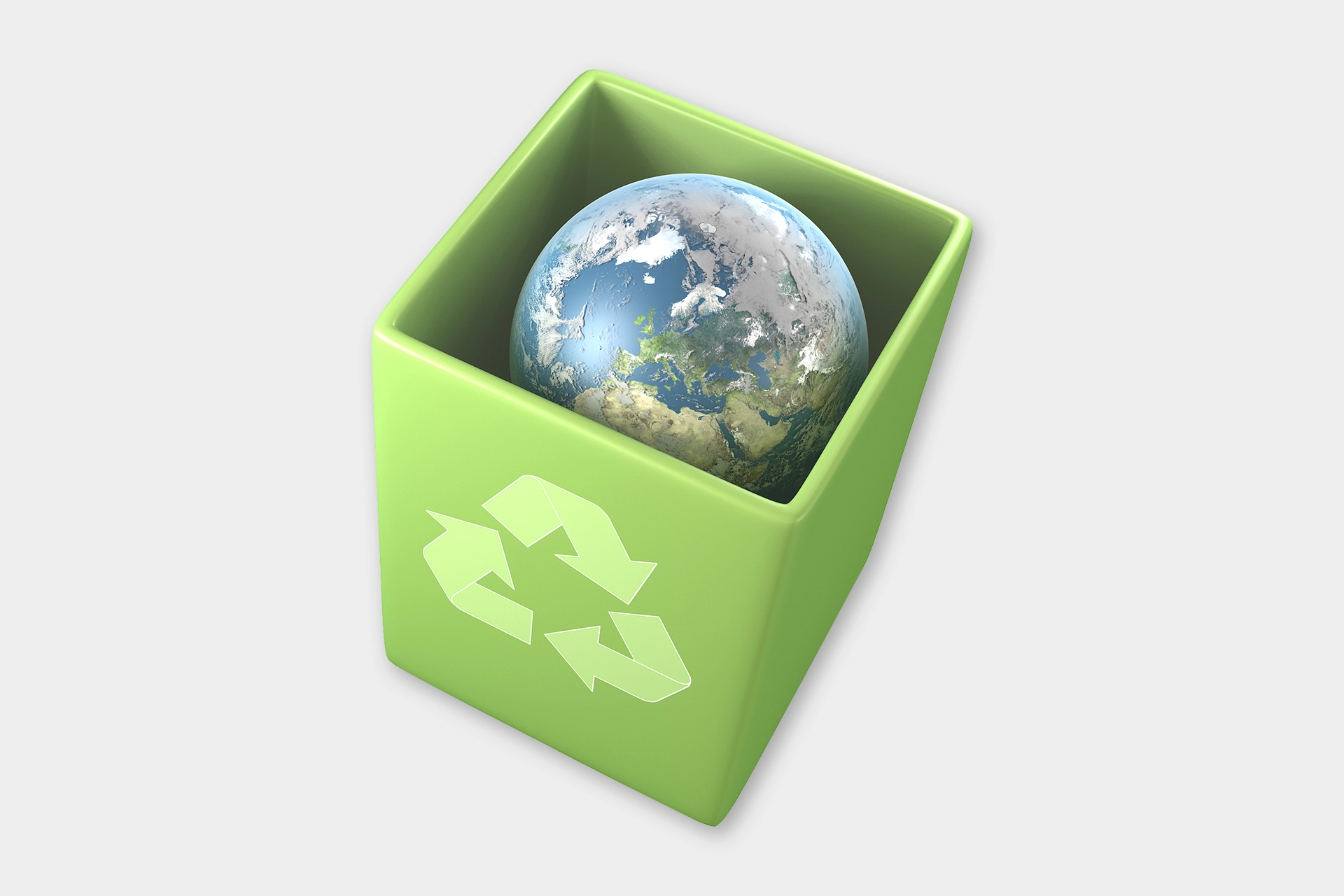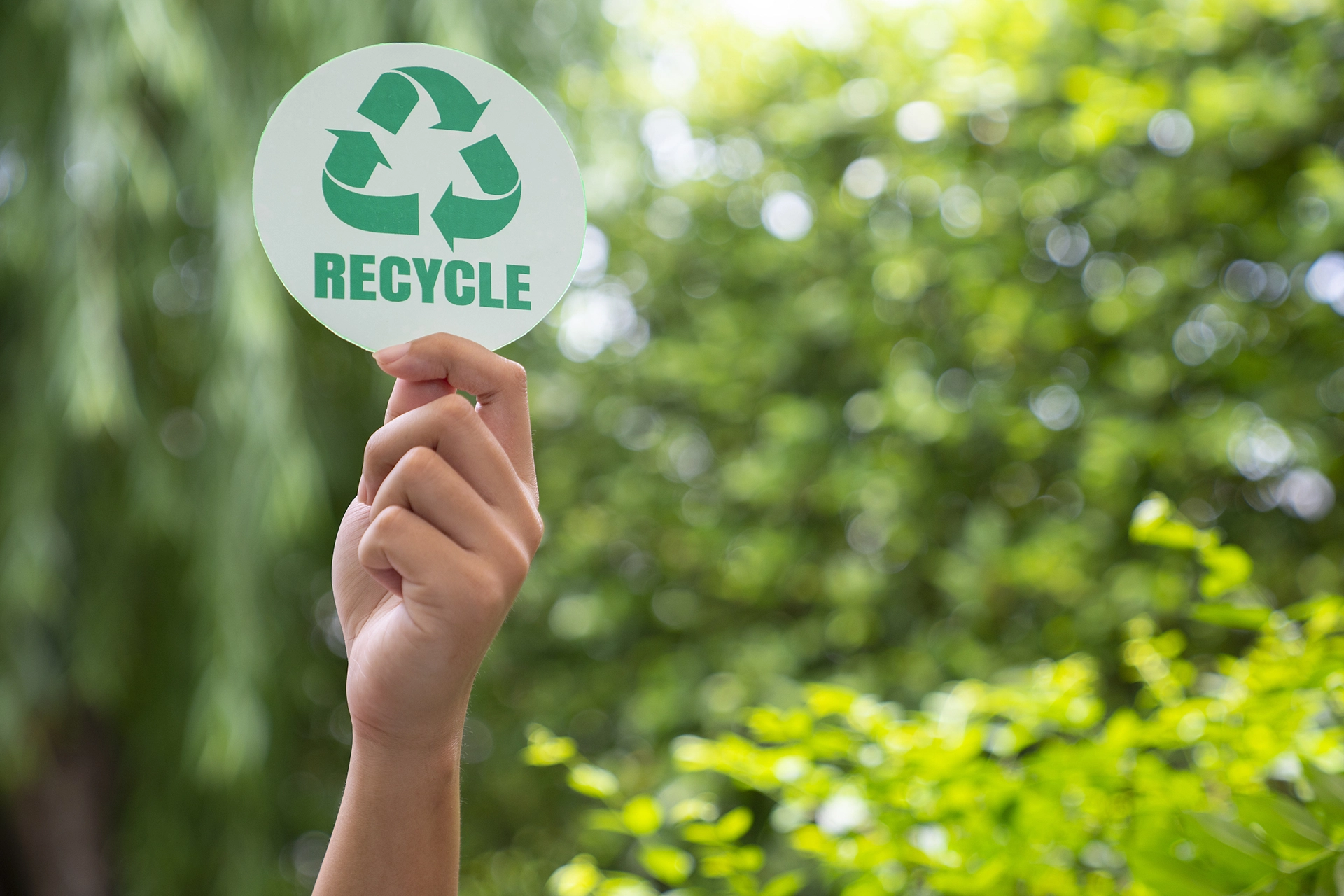
As environmental awareness increases, RPET non-woven fabric is becoming a popular choice in the market. RPET (Recycled Polyethylene Terephthalate) non-woven fabric not only excels in functionality but also contributes significantly to environmental protection.

RPET non-woven fabric is made from recycled polyester (PET) fibers. The primary raw materials are recycled plastic bottles, fiber waste, and other PET materials. These materials undergo processes such as cleaning, shredding, melting, and spinning, ultimately forming RPET non-woven fabric. This production method reduces reliance on virgin petrochemical resources and minimizes environmental pollution.

Eco-Friendliness: The most notable feature of RPET non-woven fabric is its environmental benefits. By using recycled materials, RPET non-woven fabric helps to reduce waste and lessen the long-term impact of plastics on the environment.
Durability: RPET non-woven fabric offers excellent abrasion resistance and strength, making it suitable for various applications including shopping bags, industrial packaging, and medical supplies.
Lightweight: Compared to traditional fabrics, RPET non-woven fabric is lighter and more convenient to carry and use. It also provides good breathability and comfort.
Cost-Effectiveness: The production cost of RPET non-woven fabric is relatively low, offering a high cost-performance ratio in many applications.

RPET non-woven fabric is used in various fields:
• Shopping Bags: An ideal choice for eco-friendly bags, RPET non-woven fabric helps to reduce the use of single-use plastic bags.
• Industrial Packaging: Its durability makes it an excellent material for industrial packaging.
• Medical Supplies: Due to its non-woven properties, RPET non-woven fabric is widely used in the medical field, such as disposable bed sheets and masks.

With ongoing technological advancements and increasing environmental requirements, the application prospects of RPET non-woven fabric are expanding. Improvements in production processes will further enhance its performance, leading to its significant role in various fields. We can expect RPET non-woven fabric to continue progressing on the path of environmental sustainability, becoming a more important green material.
Layne | 09-03-2024 | Views 388 times
Sweatshirt Knit Fabric Series: Functions and Composition 1. Introduction to Sweatshirt Fabric Sweatshirt fabric is one of the most basic fabrics used in circular knitting. As the name suggests, it is used for making sweatshirts. In technical terms, it is know...
Layne | 09-02-2024 | Views 360 times
Are you looking for common swimwear fabrics? 1. Common Swimwear Fabrics In the blazing summer, it’s the season for swimwear to shine. So, what are the most commonly used fabrics for swimwear, and how should you select and care for them? 1.1 Lycra (DuPont L...
Layne | 09-01-2024 | Views 390 times
The Versatility of Polyester Stretch Fabric 1. Introduction Polyester stretch fabric is a standout in the textile industry, known for its flexibility, durability, and comfort. This fabric, made from a blend of polyester and elastane (or spandex), is widely us...
Layne | 08-31-2024 | Views 395 times
Nylon Stretch Fabric: The Perfect Blend of Strength and Flexibility 1. What is Nylon Stretch Fabric? Nylon stretch fabric is created by blending nylon fibers with elastane or spandex. Nylon itself is a synthetic fiber known for its toughness, resistance to we...
Layne | 08-22-2024 | Views 428 times
RPET Non-Woven Fabric: A Perfect Blend of Eco-Friendliness and Practicality 1. Background As environmental awareness increases, RPET non-woven fabric is becoming a popular choice in the market. RPET (Recycled Polyethylene Terephthalate) non-woven fabric not o...
Layne | 08-21-2024 | Views 502 times
Introduction to 10 Fabric Finishing Processes 1. Purpose of Fabric Finishing Finishing is a technical treatment that imparts color effects, shape effects (such as smoothness, velvety texture, stiffness, etc.), and practical effects (such as water resistance, ...
Contact us now for a free consult!